Experience Highlights
- Duration: Half-day (flexible)
After breakfast at Buska Lodge, your guide and driver will take you to a Karo village, overlooking the Omo River.
Here you will be able to meet some Karo (Kara) people, see examples of Karo homes and get to know about
this very small tribe, of which only some 2,000 people remain. They are closely related to the Kwegu tribe.
Living along the Omo River's east bank, they have long been practising flood retreat cultivation, so their
lives have revolved around the river. Crops they cultivate include maize, beans and sorghum.
They don't keep a lot of cattle because of tsetse flies. The Karo differentiate themselves from neighbouring tribes by excelling in body and face-painting.
They do this daily with white chalk, coloured ochre, yellow minerals, charcoal and other natural material.
Like the Hamar, the Karo men use clay to create elaborate hairstyles and/or head-dresses that symbolise status and bravery.
Men who wear large beaded necklaces have successfully hunted big game. Ritual combat between clans is held
after the annual harvest. Battle scars are regarded as marks of valor. Chest scarification on a karo man shows
he has killed someone from an enemy tribe, which brings him a high level of respect. Like the better-known
Hamar tribe, Karo practise bull-jumping initiation rites to signify the coming of age for young men. A
successful initiate will be allowed to appear publicly with elders in sacred areas.(Unlike the Hamar though,
tourists are not permitted to attend the Karo bull-jumping events). Karo women generally only wear a loincloth
and strings of cowrie shells and beads. Their famed body art is practised daily for symbolic recognition, pride
and to attract potential partners during courtship dances. As is the cas with all of the other remarkable tribes
in the Omo region, changes have started manifesting in Karo society - visitors to a village may see plastic bottles,
old t-shirts and automatic weopons that are used to protect cattle, settle disputes and to hunt.
After having visited the Karo village, travel back towards Turmi, where you visit a Hamar village. This Omotic
tribe now numbers some 50,000 individuals and are best known for their body adornments; wearing beads
and heavily polished iron jewelry. Hamar families pool their livestock and labour to herd their cattle together. In
the dry season, they live on milk and blood from the cattle. When a Hamar man wants to marry, he has to give
his partner's family a 'bride wealth' payment in cattle, goats and guns. For generations, the Hamar have found
areas with good grassland for their cattle to graze on; settled there and then moved on once the grass has been depleted.
Women and girls grow crops (sorghum, beans, pumpkin, maize) but yields are low as these are often
unattended during the tribe's nomadic lifestyle. Younger men defend crops, look after livestock and will raid
livestock from other tribes. Adult men herd cattle, plough with oxen and tend beehives in the acacia trees. The
Hamar bull-jumping rituals are well known. A distinctive part of these events is the whipping of female
relatives before their brother's cattle-jumping ceremony. For the women the scars are a sign of honorification.
Land is not owned by any particular individual - it is for everyone's use. While Hamar do follow Sunni Muslim
faith, they combine this with traditional animist religion, in that for example, they maintain natural objects
house spirits. After having visited a Hamar household and learning about these wonderful people, you will be taken back to
Buska Lodge to stay overnight. (IF there is a bull-jumping event happening while you are in Hamar country, we
will arrange to get you to attend, should you wish).
Derek Schuurman
Travel Specialist
Hamar and Karo village visits
All of our holidays are tailor-made to your requirements by an expert Travel Specialist
For the latest travel advice from the Foreign, Commonwealth and Development Office check
www.gov.uk/travelaware







